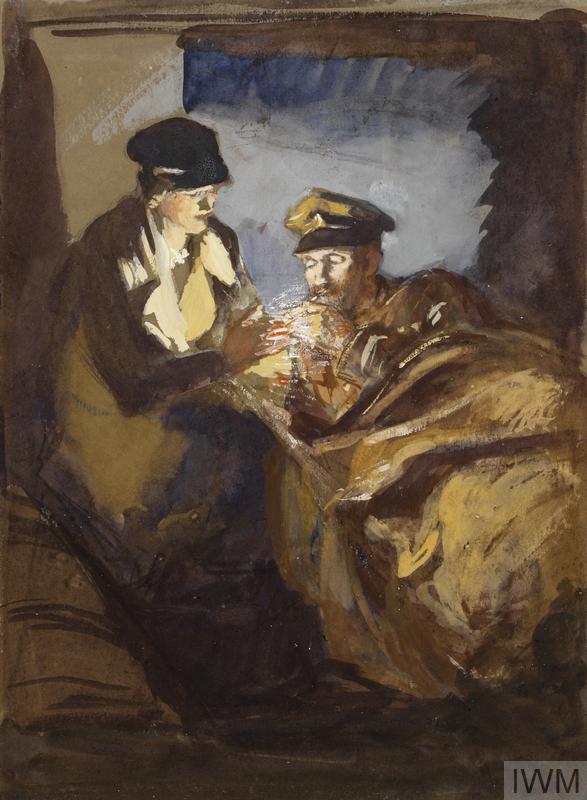Reviewed by Emma Hanna
In recent years, the wartime service of civilians near the battlefields of the Great War has been highlighted by histories of the organisations with whom they worked. Historians such as Geoffrey Reznick and Michael Snape have worked to explain how and why voluntary-aid organisations such as the Young Men’s Christian Association (YMCA) sought to care for servicemen’s well-being wherever they were fighting. The service of hundreds of men and women who worked along the lines of communication, in camps, ports, hospitals and by prisoner of war camps, should be more visible in the war’s histories. These workers fulfilled the roles which military authorities were unable or unwilling to do. They were proud to have shared similar dangers and deprivations to those bearing arms, although they were not permitted to wear any uniform or identifying insignia until late 1917.
Leave a Comment

